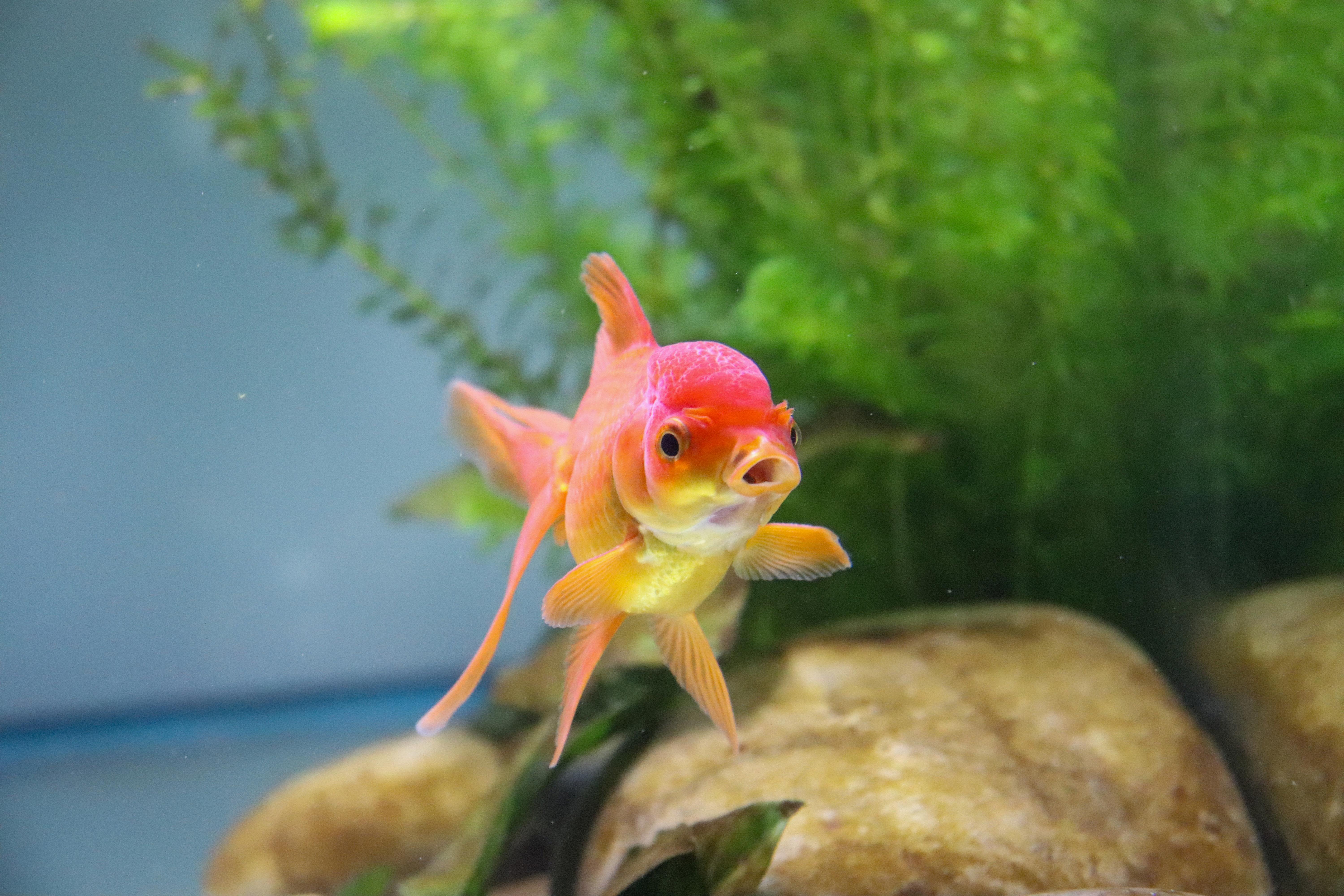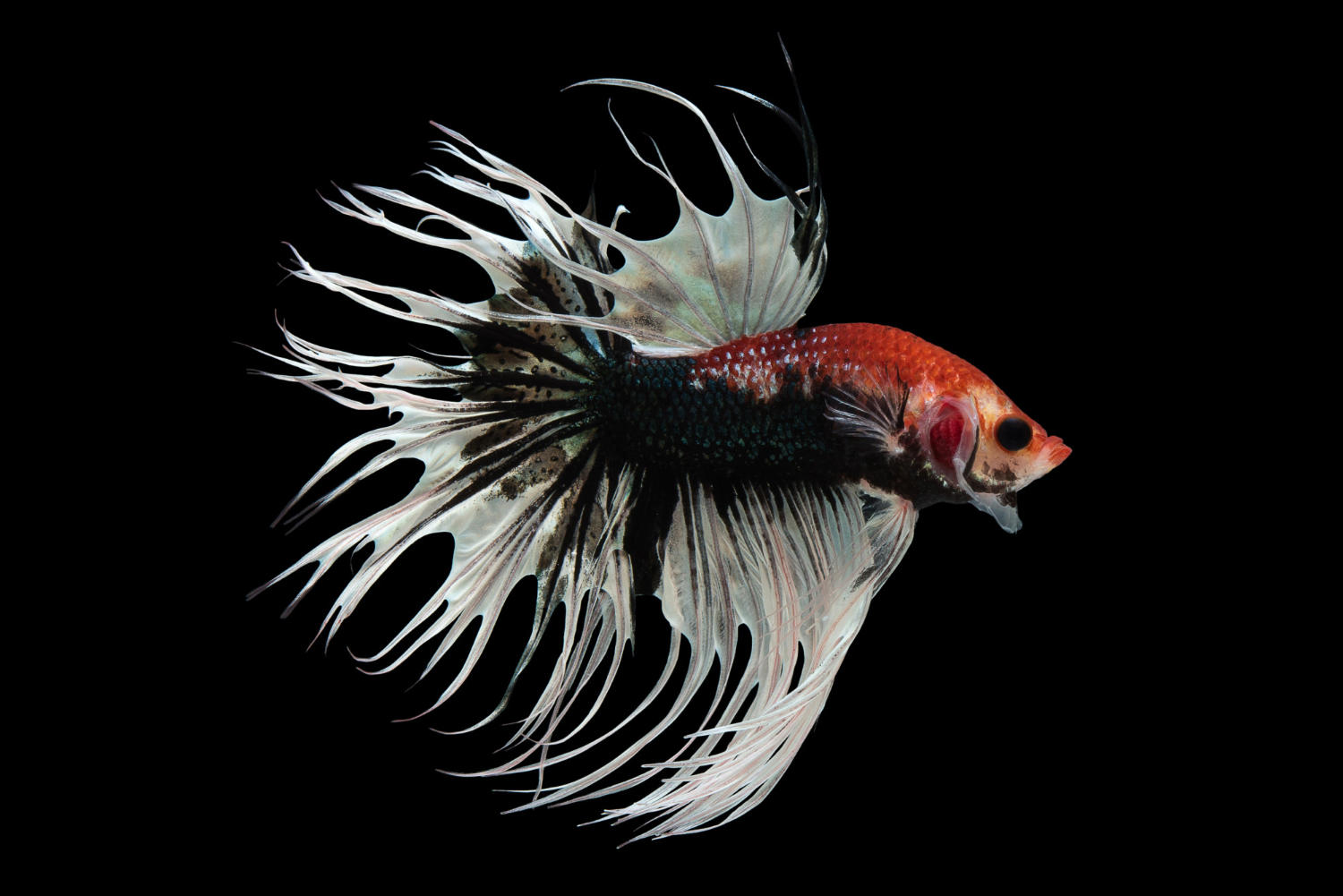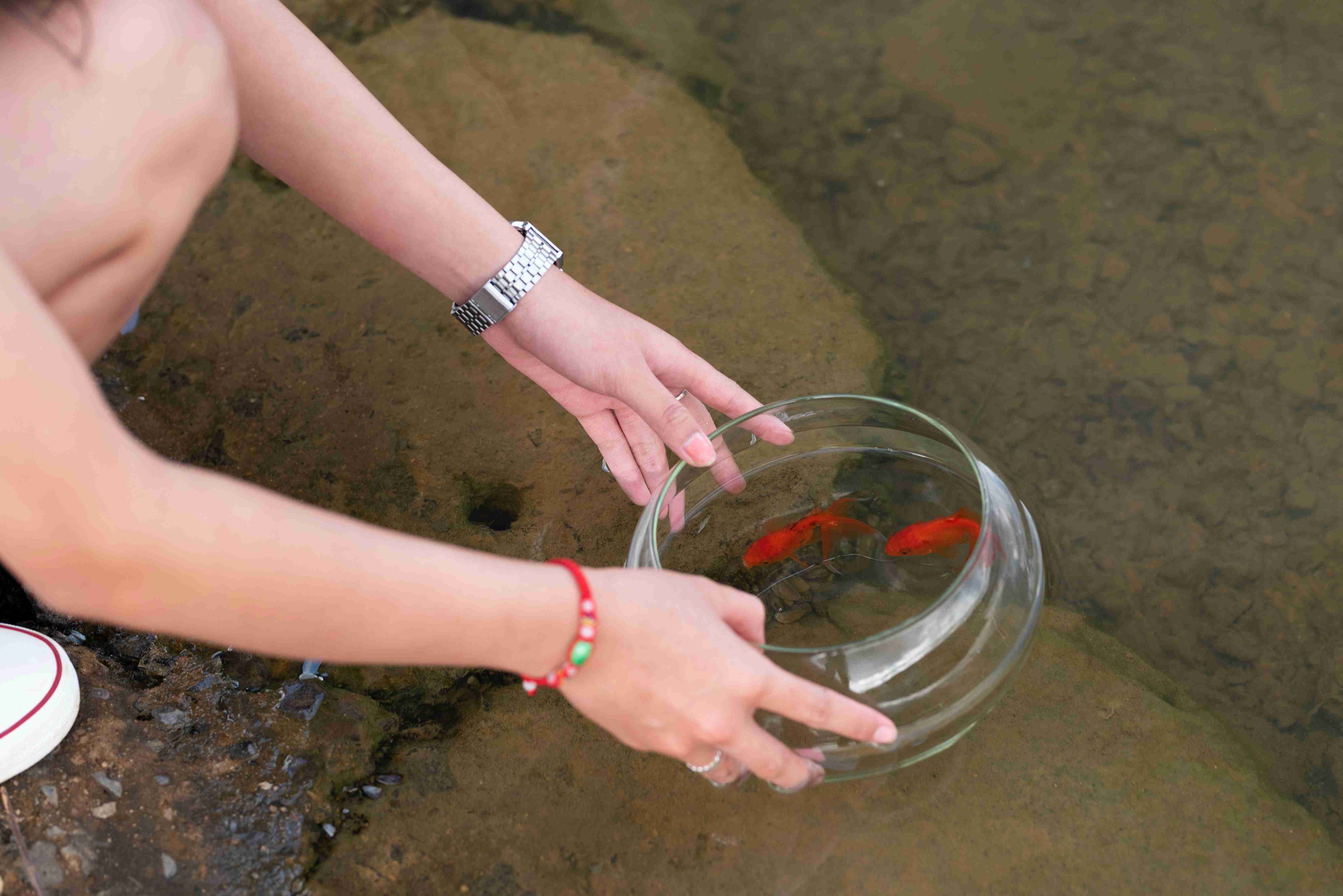
Are you concerned about the water quality of your fish tank? Have you been considering testing it to make sure it’s safe for your fish? Testing the water quality of your fish tank doesn’t have to be a daunting task. In this blog post, we will be providing you with a step-by-step guide to testing the water quality of your fish tank, so you can have peace of mind that your fish are in a healthy environment. So, let’s get started!
Water quality is a critical factor in the health and well-being of your fish tank. Knowing the quality of the water in your tank can help you keep your fish healthy and prevent any potential problems. Testing the water quality of your fish tank can be done easily and quickly with the right tools and techniques.
Step 1: Gather Your Supplies
Before you start testing the water quality of your fish tank, make sure you have all the necessary supplies. You will need a water quality test kit, a thermometer, a pH meter, and a nitrate and nitrite test kit. These items will help you get an accurate read of the water in your tank.
Step 2: Test the Temperature
The first step in testing your fish tank’s water quality is to test the temperature. Use the thermometer to take the temperature of the water in the tank. Different species of fish have different temperature requirements, so it’s important to make sure the water is at the right temperature for your fish.
Step 3: Test the pH
The pH of your fish tank’s water can affect the health of your fish. Use a pH meter to test the pH of the water in your tank. Most fish prefer a pH level between 6.5 and 8.5. If the pH of your tank’s water is outside of this range, you will need to make adjustments to bring it back within the ideal range.
Step 4: Test for Nitrates and Nitrites
Nitrates and nitrites are compounds that can be toxic to fish. Use a nitrate and nitrite test kit to make sure the levels in your tank’s water are within safe limits. If the levels are too high, you may need to make adjustments to reduce them.
Step 5: Test for Ammonia
Ammonia is a toxic compound that can be detrimental to the health of your fish. Use an ammonia test kit to make sure there isn’t too much ammonia in your tank. If the levels are too high, you may need to change the water or add an ammonia remover to reduce the levels.
Step 6: Test for Chlorine and Chloramines
Chlorine and chloramines are toxic compounds that can be harmful to fish. Test for these compounds using a chlorine and chloramine test kit. If the levels are too high, you may need to use a chlorine remover or make adjustments to the water to reduce the levels.
Step 7: Make Adjustments
Once you have tested the water quality of your fish tank, take any necessary steps to make adjustments. If the pH is too low, for example, you may need to add a pH buffer to the water to raise the pH level. If the ammonia levels are too high, you may need to change the water or add an ammonia remover.
Testing the water quality of your fish tank is an important part of keeping your fish healthy. By following the steps outlined above, you can easily and quickly test the water quality of your tank and make any necessary adjustments. With the right tools and techniques, you can ensure that your fish tank is always in the best condition for your fish.
In conclusion, testing the water quality of your fish tank is a critical part of fish tank maintenance and should not be overlooked. By following the steps outlined in this blog post, you can ensure that your fish tank is clean and healthy for your fish to thrive. If you find that the water quality is not up to standard, you can take the necessary steps to improve it. Testing the water quality of your fish tank regularly is a great habit to get into to ensure that your fish are happy and healthy.



.jpg)
%20-%20Copy.jpg)


